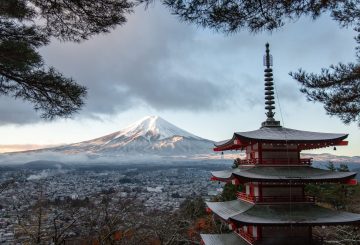新しい研究により、学校給食プログラムは過剰な食品廃棄物を生み出すことなく子供たちにうまく食事を与えることができることがわかりました。重要なのは、生徒たちが親しみやすく、楽しく食べられるさまざまな食べ物を提供することです。Our Land and Water National Science Challengeが資金提供したこの研究では、これらのプログラムは栄養成分のみに焦点を当てると失敗することがわかりました。
成功したプログラムには、文化的に関連性があり魅力的な料理の一部として、学生が好む食べ物も含まれています。このアプローチにより、食事が食べられずに放置されたり捨てられたりする可能性が低くなります。この研究は、栄養格差の解消と食糧貧困の削減におけるこれらのプログラムの重要性を強調しています。
研究の共同リーダーであるニタ・パラクシャッパ教授は、成功しなかった取り組みの多くは、学生が食べたいと思うような食べ物を提供していないと指摘しました。彼女は、学生は家で食べ慣れている食べ物を食べる傾向があると説明しました。
研究者たちは、最も成功したプログラムが、各学校特有の食べ物の好みや文化に応えていることを発見しました。そのために、生徒の好みに合わせて、多様で多文化的な週替わりメニューを提供しています。また、これらのプログラムは学校と緊密に連携して、生徒の食事に対するポジティブな体験を増やし、プログラムに参加することに対する恥ずかしさを軽減します。
また、この調査では、学校にキッチンがあることが大きな違いを生むことも明らかになりました。これにより、新鮮な食事をより早く提供できるようになり、配達された食事よりも魅力的になります。また、毎日正確な人数の生徒に食事を提供できるため、食品廃棄物の削減にもつながります。
この調査で成功した食事プログラムの1つがクラカイです。このプログラムでは、学校に食事を保管するための冷凍庫を用意し、誰でも持ち帰って家族や地域の人々に食事を提供できるようにしています。このアプローチにより、生徒たちが恥ずかしがらずに食料を手に入れることができる環境が生まれます。
一部の学校では、クラカイ・ランガタヒ・プログラムを実施しています。このプログラムでは、生徒が授業中に自分で食事を作り、単位も取得します。このように調理過程に参加することで、料理とのつながりを強めることができます。また、家族や地域社会を養うために必要な知識やスキルを身につけることにもなります。
この調査では、学生を文化的に意味のある食べ物につなぎ、栽培、収穫、調理、保存までの全プロセスに学生を参加させるフードプログラムは、文化的アイデンティティと福祉の強化に役立つと結論付けました。これらのプログラムは、より広い地域社会の食料安全保障の改善にもつながります。






























































